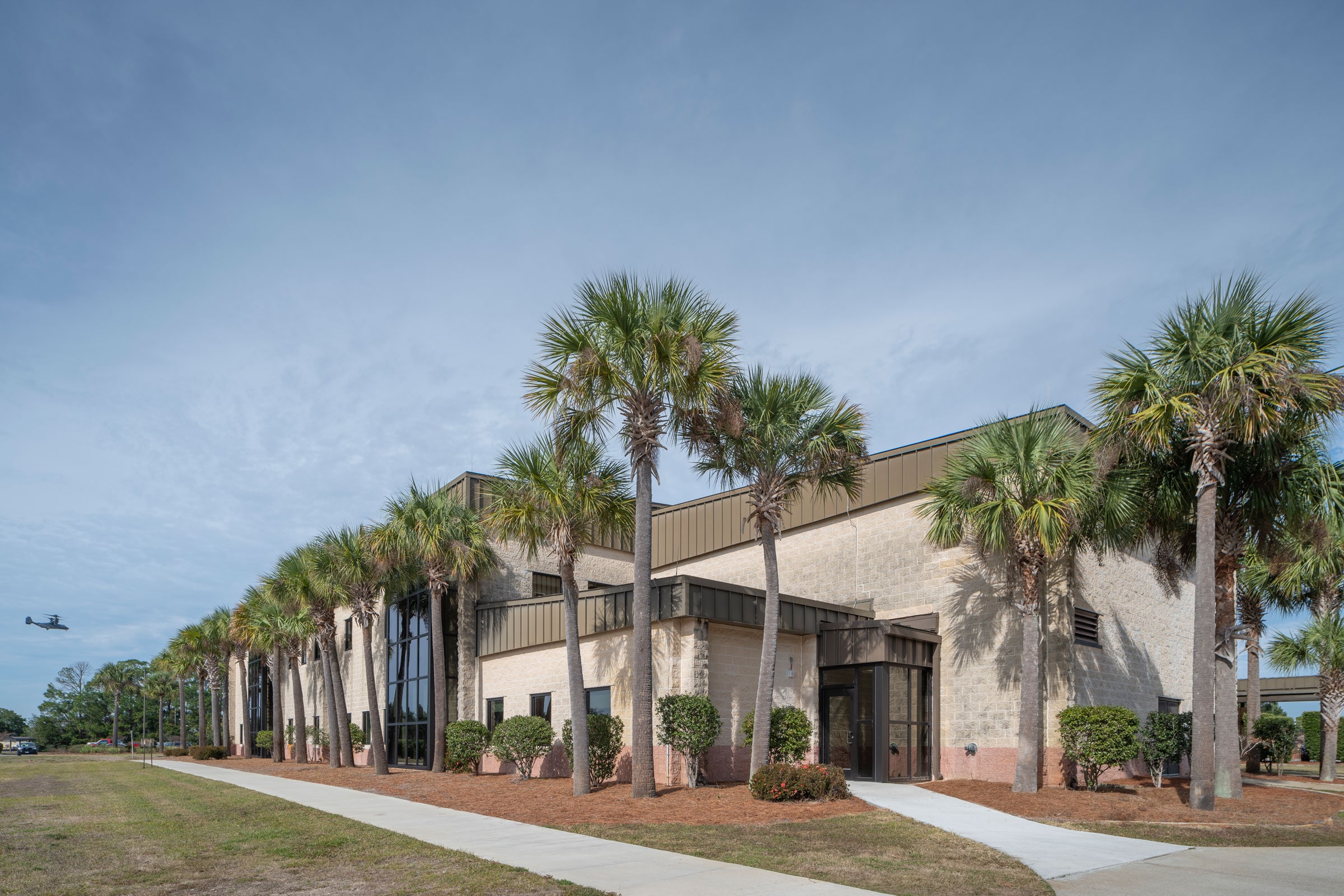
Hurlburt Field Medical Clinic. Courtesy of Hoefer Wysocki
“Renovations are challenges in and of themselves, but factor in the additional requirements of health care and a government facility and you have quite a lot to take into consideration,” says Ashley Eusey, sustainability specialist at Hoefer Wysocki in Kansas City, Kansas.
Architectural firm Hoefer Wysocki and JE Dunn Construction achieved LEED Silver certification for updating and expanding Hurlburt Field Medical Clinic at Eglin Air Force Base in Mary Esther, Florida. The clinic provides medicine and support for 15,000 Air Commandos as well as health care for families and base personnel.
See Also: The New GAF Headquarters Puts Resiliency First
The design team wanted to create a healing environment at the clinic so they focused on indoor environmental quality (IEQ) strategies like outdoor air delivery, low emitting materials, lighting control, and thermal comfort. “With COVID 19, this weight on the indoor environment will become even more paramount going forward,” Eusey says. Indoor environmental quality improvements included optimized HVAC energy performance and low-emitting materials.
“Certain LEED strategies, like daylighting credits or even material reuse, were not available to us given the state of the existing building,” Eusey says. “Given that certain credits were not applicable, the team really had to dive in and invest in the ones we could achieve. The question became, given our limitations, how can we make the biggest impact to the occupants of the building and environment around it?”
The $50 million design-build project included extensive renovations to 80,000 square feet across three buildings as well as a 3,000-square-foot expansion. The central facility of the complex achieved LEED Silver for its performance in energy, water, indoor environmental quality, and durability. “Right away, indoor environmental quality was designated as an avenue for that very impact we were looking for. The project achieved 11 out of 17 points which is rather impressive for a renovation,” Eusey says.
How Hoefer Wysocki Achieved LEED Silver in 4 Steps
1. Buy local.
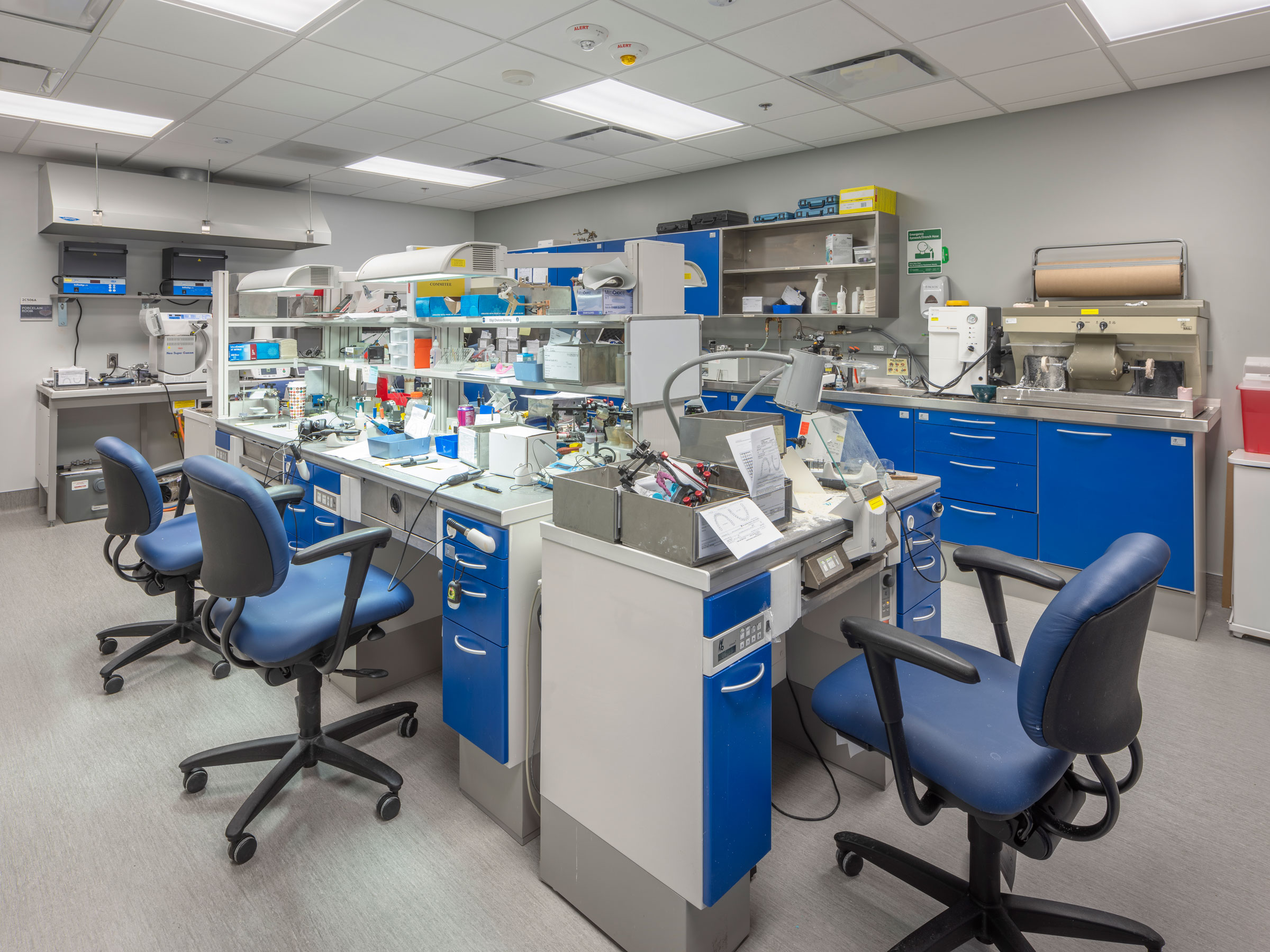
Hurlburt Field Medical Clinic. Courtesy of Hoefer Wysocki
This project emphasized proximity, earning regional priority credits as well as ensuring many of its materials were regional. JE Dunn’s participation, which began at the outset of design, ensured their direct involvement in establishing sustainability strategies, resulting in more than 21% of materials being locally sourced. This not only boosts the local economy, but it also reduces greenhouse gas emissions associated with transportation of materials and equipment to the site.
More than 50% of the on-site construction waste was diverted from landfills for reuse in other projects. “While the sustainable features greatly reduce waste and resource use, they also maximize the life of the property through use of high-quality construction methods and highly durable materials, which reduce costs associated with operations and maintenance,” Eusey says.
2. Go energy-efficient.
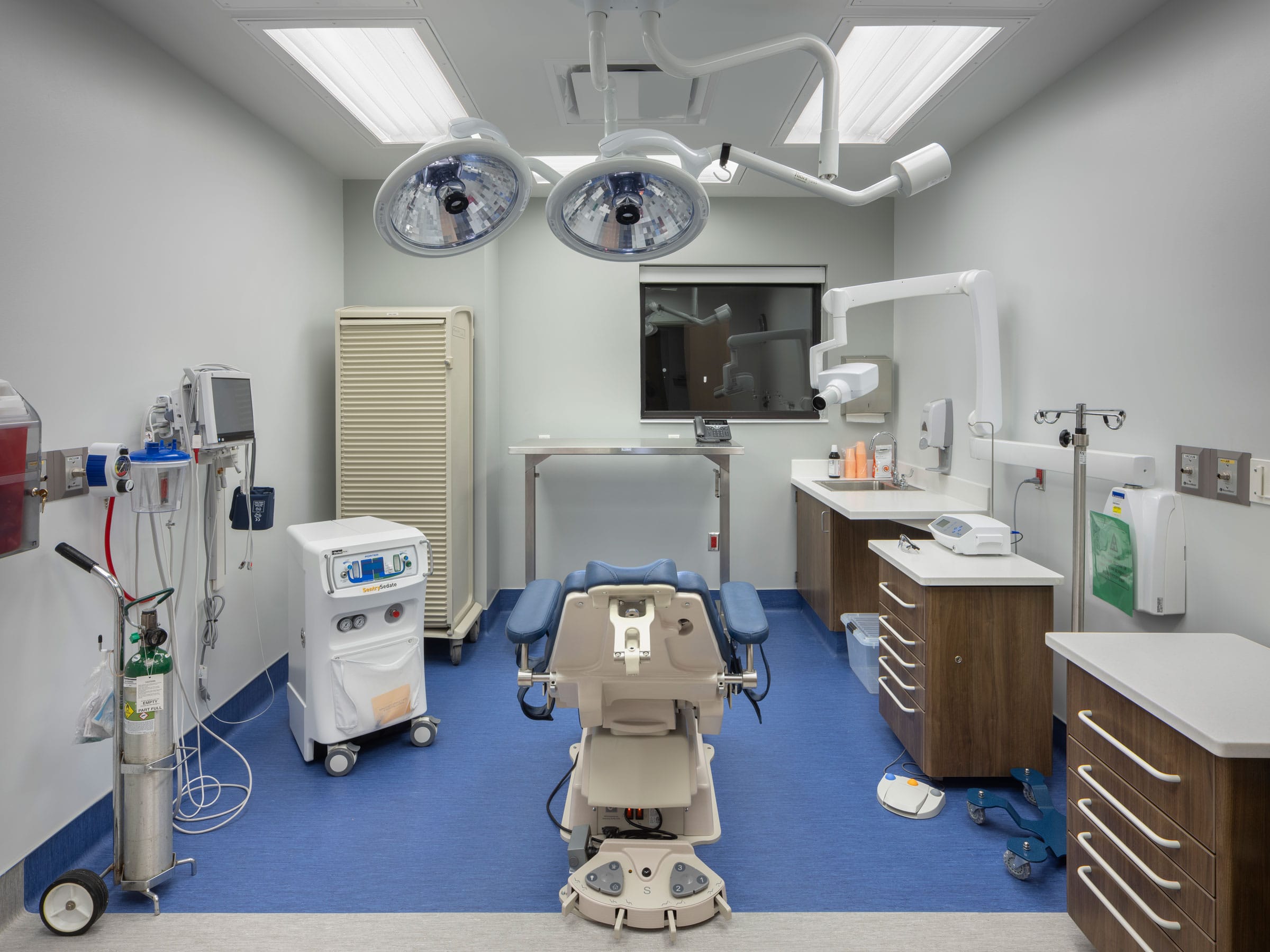
Renovations to the Hurlburt Field Medical Clinic encompassed optometry, public health, and ambulance services, and a dental clinic and lab were added to the second floor. Courtesy of Hoefer Wysocki
Go energy-efficient with your equipment and appliances. This project used 96.78% rated Energy Star equipment.
3. Upgrade to low-flow plumbing fixtures.
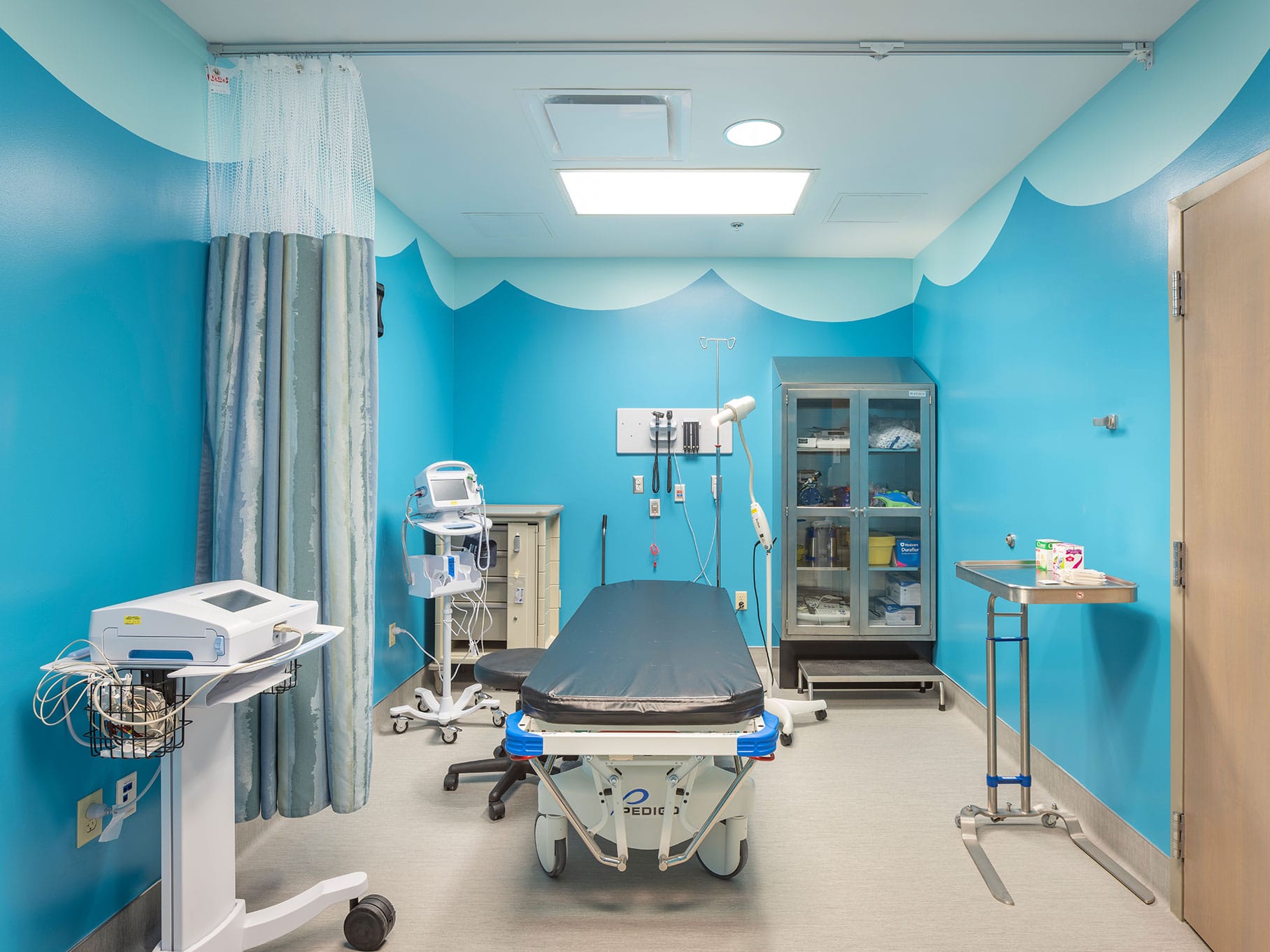
Hurlburt Field Medical Clinic. Courtesy of Hoefer Wysocki
The Hoefer Wysocki team was able to reduce its potable water use by nearly 34% with new fixtures.
4. Implement motion sensors.
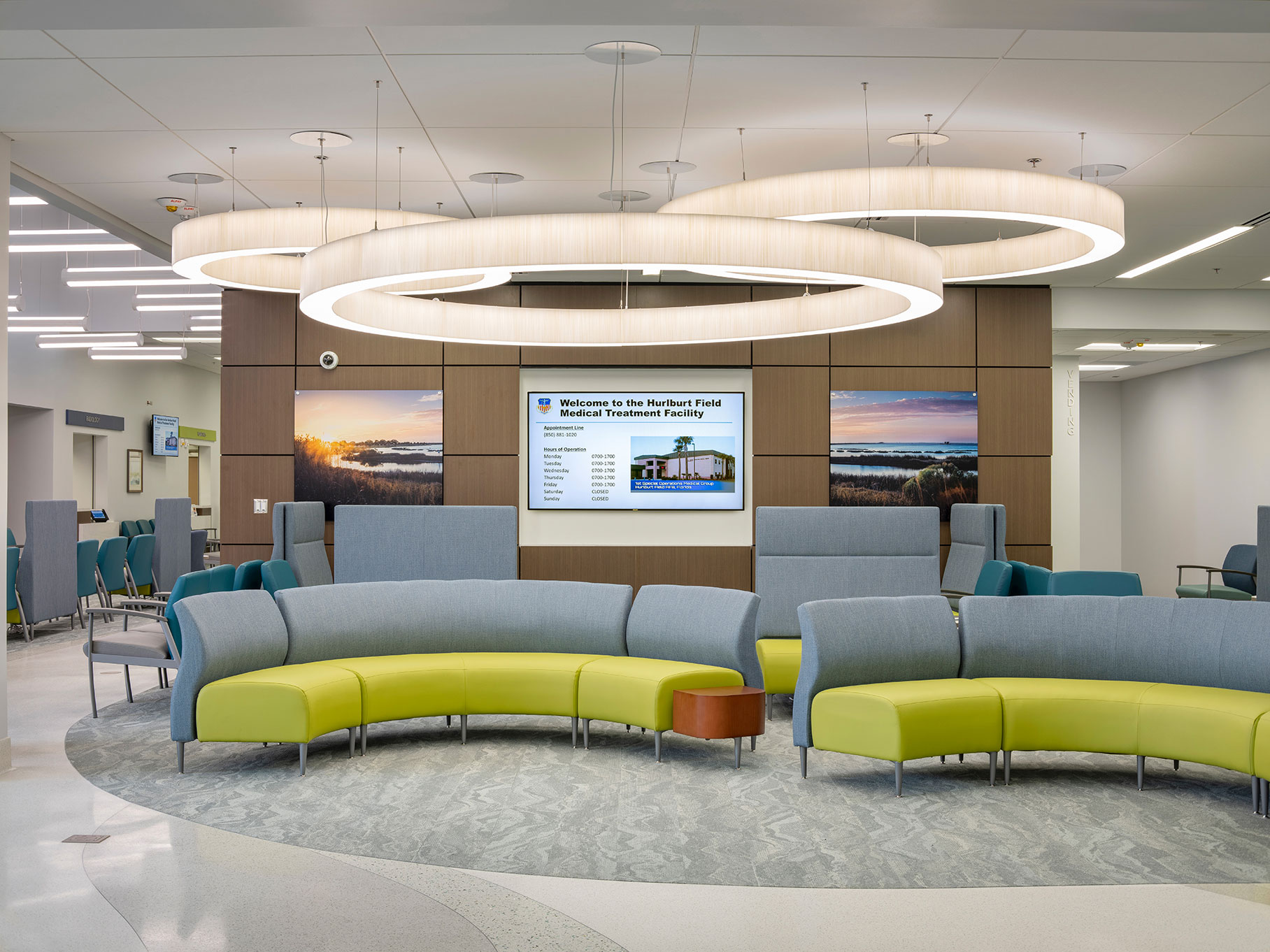
“The Hurlburt Field Medical Clinic design was focused on longevity,” says Ashley Eusey, sustainability specialist at Hoefer Wysocki. “Enhanced commissioning, thermal comfort verification, and ongoing maintenance plans were developed to ensure the building performs as designed now and well into the future.” Courtesy of Hoefer Wysocki
From a design perspective, lighting-related energy consumption was reduced by 16.4% by using motion sensors and controls.
